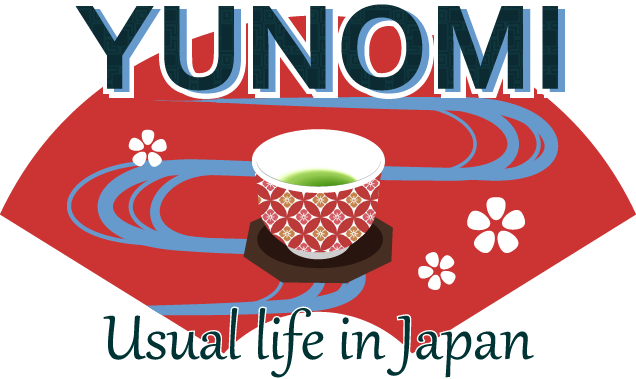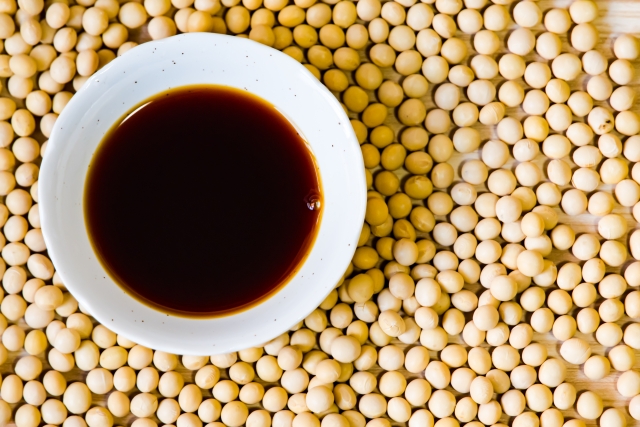Tamari soy sauce is a traditional Japanese seasoning that stands out from regular soy sauce due to its unique production process. Originating from the Tokai region, Tamari was first developed as a byproduct of making "miso" (fermented soybean paste). Specifically, it’s the liquid that seeps out during the fermentation of miso blocks, known as "miso-dama." This liquid is carefully collected and aged for over a year to produce Tamari soy sauce.
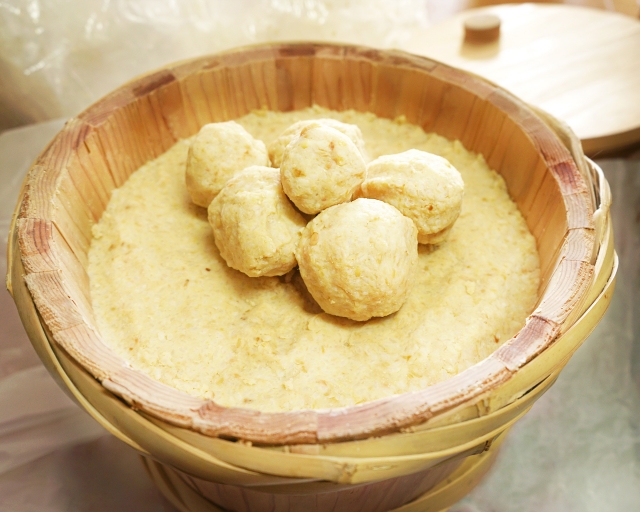
The production of Tamari involves steaming soybeans, adding koji (a type of mold used for fermentation), and forming them into miso blocks. These blocks are then aged for a long period—typically over a year—during which the liquid Tamari slowly emerges. The process differs from regular soy sauce, which typically includes wheat as an ingredient. In contrast, Tamari is primarily made from soybeans, making it naturally gluten-free and ideal for those with dietary restrictions.
One of the key steps in making Tamari is the "Kumikake" process, where the liquid that emerges from the miso blocks is poured back over them repeatedly to enhance the flavor during fermentation. This meticulous process results in a sauce that is thicker, richer, and more complex in flavor compared to regular soy sauce.
Flavor Profile and Aroma of Tamari Soy Sauce

Tamari soy sauce is known for its rich umami flavor, deep color, and slightly thicker texture. The distinct taste comes from the high concentration of soybeans used in its production, which results in an abundance of amino acids that create a strong umami profile. This makes Tamari an excellent choice for enhancing the natural flavors of various dishes.
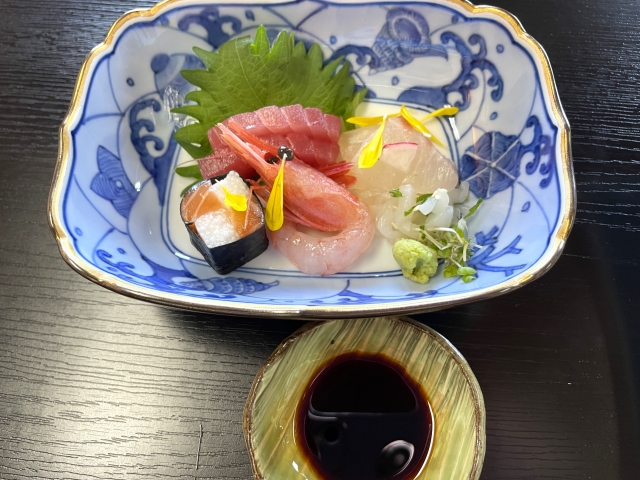
Tamari also has a unique aroma that is both rich and slightly sweet, differing from the more straightforward salty smell of regular soy sauce.
This aroma pairs exceptionally well with seafood, particularly in dishes like sashimi and sushi, where the sauce not only enhances the flavor of the fish but also reduces any potential fishy odor.
The thick consistency of Tamari also helps it adhere better to the surface of foods, providing a more intense flavor experience with every bite.
When used in cooking, Tamari imparts a deeper, more robust flavor than regular soy sauce. It’s perfect for dishes that require a strong, savory base, such as teriyaki, simmered dishes, or even stir-fries where a rich flavor is desired.
How to Use Tamari Soy Sauce: Recipes and Applications
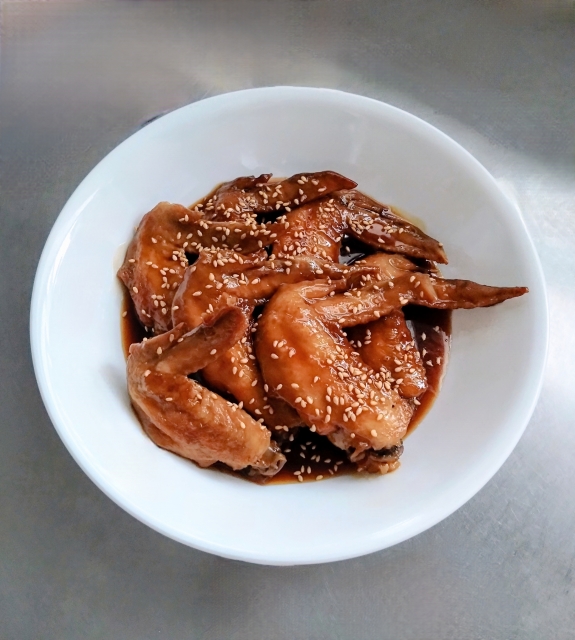
Tamari soy sauce is incredibly versatile and can be used in a wide range of dishes. Its strong umami flavor makes it particularly well-suited for dipping sauces, especially for sushi and sashimi. The thick consistency ensures that it clings well to the fish, providing a rich, flavorful bite every time.
In addition to sushi and sashimi, Tamari is an excellent choice for teriyaki sauce. Its natural sweetness and depth of flavor contribute to a beautifully glazed finish on meats and vegetables, enhancing the dish's overall richness. Tamari is also ideal for simmered dishes like "nimono," where its strong flavor penetrates the ingredients, creating a hearty and satisfying meal.
For those looking to experiment with Tamari, try it in recipes like Tamari-glazed chicken or in traditional Japanese simmered dishes. The rich flavor of Tamari will bring an authentic taste of Japan to your table, making it a staple in your kitchen.
When to Use Tamari vs. Regular Soy Sauce
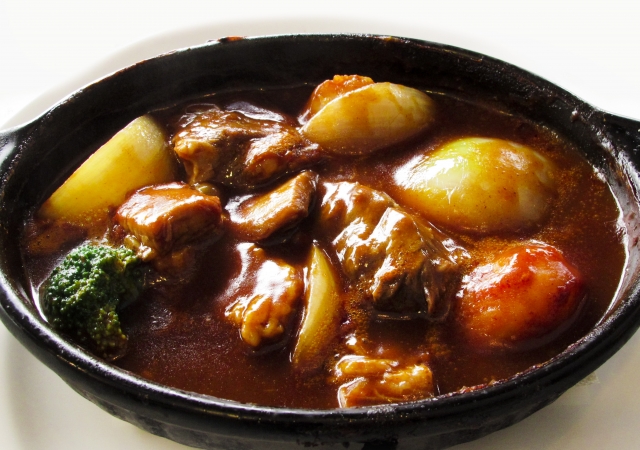
Using Tamari and regular soy sauce interchangeably can significantly alter the flavor of your dishes. Tamari’s rich, concentrated flavor is perfect for dishes where you want to add depth and umami, such as in marinades, glazes, or as a finishing sauce for sushi and sashimi. It’s also excellent in soups or stews where a more profound, savory flavor is desired.
On the other hand, regular soy sauce is lighter in flavor and works well in dishes that require a more balanced and subtle soy sauce taste. It’s ideal for everyday cooking needs like stir-fries, salad dressings, or for use as a seasoning where you don’t want the sauce to overpower other ingredients.
By understanding the distinct qualities of Tamari and regular soy sauce, you can elevate your cooking by choosing the right soy sauce for each dish. Whether you want to enhance a dish with rich umami or simply season it lightly, knowing when to use Tamari vs. regular soy sauce is key to mastering Japanese flavors.
Where to Buy Tamari Soy Sauce and How to Store It

Tamari soy sauce is widely available in supermarkets and online stores, often found alongside other soy sauces in the Asian foods aisle. When purchasing Tamari, look for brands that emphasize traditional production methods and high-quality ingredients.
Many brands from the Tokai region, particularly those from Aichi Prefecture, are known for their superior Tamari soy sauces.
Once opened, Tamari soy sauce should be stored in the refrigerator to maintain its flavor and prevent oxidation. Ensure the bottle is tightly sealed and kept away from direct sunlight, which can degrade its quality over time.
Tamari generally has a shorter shelf life than regular soy sauce, so it’s best to use it while it’s fresh to enjoy its full flavor.
Investing in high-quality Tamari soy sauce and storing it properly will allow you to enjoy its rich, complex flavors in your cooking for an extended period. Whether you’re new to Tamari or a long-time fan, selecting the right product and maintaining its quality is essential for the best culinary experience.
Conclusion
Tamari soy sauce is a unique and flavorful condiment that brings a deep, rich umami to any dish. Originating from the traditional production of miso in Japan, Tamari has become a beloved seasoning for its thick texture, gluten-free composition, and robust flavor. It excels in enhancing the taste of sushi, sashimi, simmered dishes, and more.
By understanding the differences between Tamari and regular soy sauce, you can make more informed decisions in the kitchen, ensuring that each dish is perfectly seasoned. Whether you’re looking to add depth to a savory meal or simply enjoy the rich flavor of Tamari on its own, this traditional Japanese soy sauce is a must-have in any pantry.
Explore the world of Tamari soy sauce and discover how this age-old condiment can transform your culinary creations.
